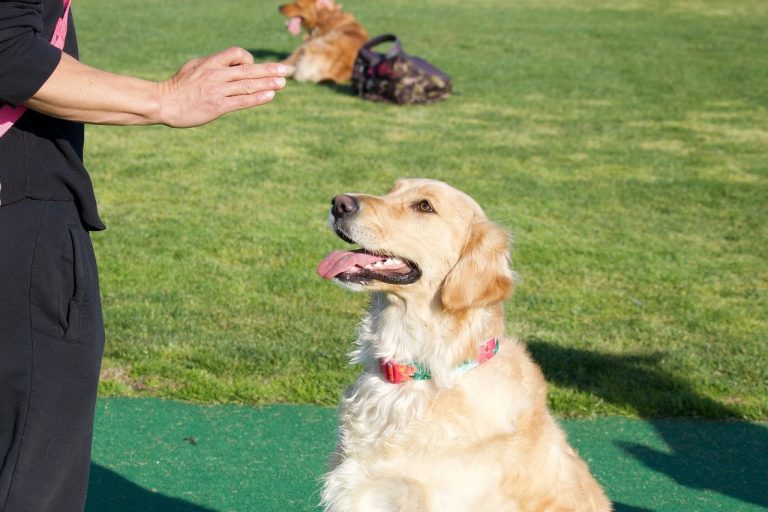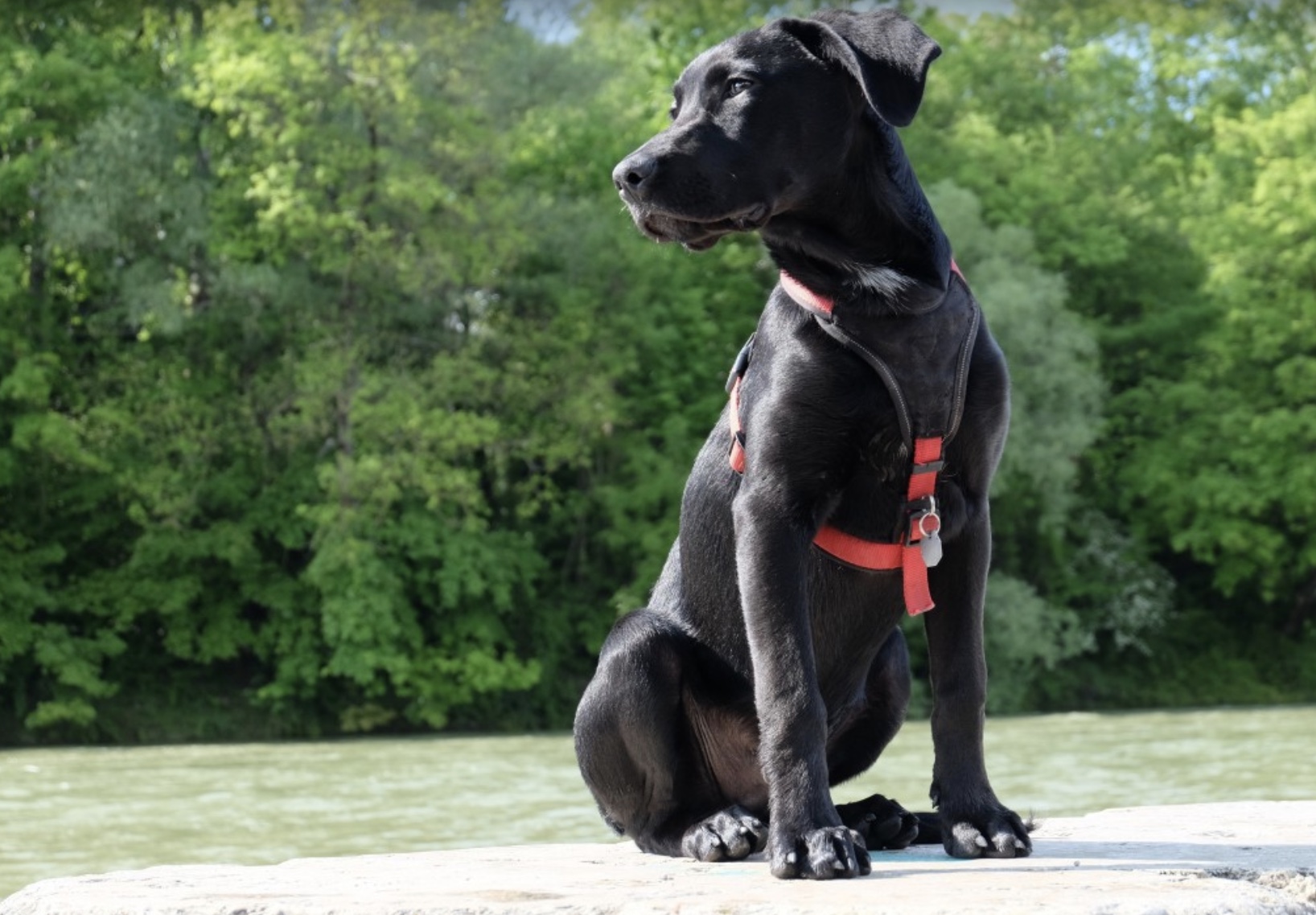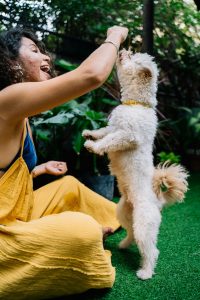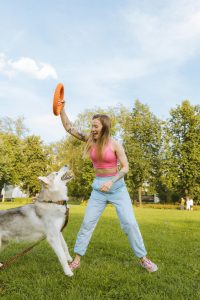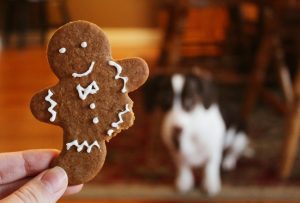Sit is one of the most important commands you can teach your dog. Teaching your dog to sit is a great place to start training. Every other command comes after sit. It is one of the most valuable behaviors for dogs to learn. Teaching your dog sit position makes crossing roads safer by asking him to sit. You can also ask your dog to sit when greeting people. This will prevent jumping up on people.
But a lot of people struggle with the sit command. Yes, they can teach their dog to sit at home and when there are no distractions. But how to improve the efficiency of your sit command? Getting a proper sit is one of the pillars of good dog’s behavior.
Today, we will talk about ways and techniques you can use to improve your dog’s sit.
How to make a dog sit
Let’s start with the basic steps of teaching a dog to sit. Most of us know them. It is a simple exercise you can start practicing even with a young puppy. When to teach a dog to sit? Well, I would say the first week you get your dog.
Here are the basic steps to making a dog sit.
- When your dog is in a standing position hold a treat near his nose
- Keep the treat near his nose, move your hand in an arc over his head. As he raises his head to follow the treat, his bottom will fall to the floor
- The moment your dog sits, mark the behavior, praise him, and give him the treat
- Repeat it several times during regular training sessions
As the dog starts sitting for a treat, you can add a verbal command “sit”. But never say the verbal command before your dog moves into position. If you do that, you risk teaching the dog to associate the word sit with a different movement
How to correct your dog sit position?
Now that we know the basic steps for making a dog sit, let’s talk about some of the techniques you can use to improve his sit. It is important that your dog sits at a distance and knows that sit means sit until you hear another command.
One of the techniques you can use to improve your dog’s sit is the toes to toes commands. Basically, put your dog in a proper sit position, and then you take one step back and one step forward.
Praise your dog. Now, take two steps back and two steps forward. At all times, your dog has to remain in a sit position. This will gradually improve and proof the duration of the sit stay position.
Every time you come toe to toe position, you praise your dog. Your eventual goal is to make five big and slow steps back and 10 fast steps forward. If your dog remains sitting calmly while you move back and forth, you have improved his sit.
Now, the next level comes. After your dog sits for five steps back and ten steps forward, you can walk around your dog. Remember, never move onto the next level until you get a couple of successful tries at the previous level.
Once you achieve walking around him, you can move to the difficult stuff. Make someone else touch your dog while he is in a sit position. Remember, always keep your eyes on your dog. Do not take them off.
Next level, keep the treats away, so your dog might get distracted by looking at the treats. If he looks away, give him a sit command instantly. This way, you proof the sit all the time.
Now, it is time for a challenging distraction. Try doing things that will break your dog’s sit position. Some examples include clapping hands, jumping, or sitting on the ground. You have to have your dog’s attention at all times.
Sitting from a different position
Another way to improve your dog’s sit is to practice sit from different positions. Sitting from standing is easy, but what when your dog needs to sit from down?
Here is one sequence you can try: sit > down > sit > stand > down > stand > sit > stand.
This sequence will teach your dog each position from the other two positions. That means a couple of position changes.
While practicing this sequence, pay attention to the difficult commands. Reward your dog when he makes a sit from a more challenging position, like sit from down.
You can come up with a different sequence as well. But train and test your dog’s reliability in every position. And mix things up. If you do the same sequence over and over again, your dog will quickly learn the sequence and will do it instinctively. He does not even pay attention to the commands.
After repeating the sequence a few times put the treats in your pocket. Call your dog and signal him to sit when he comes. Praise him, and do not reward him with treats. Give him a hand signal for down, and if he doesn’t go down, tap on the ground and say down. If that doesn’t help, bring out the lure.
Remember, food is there so the dog pays attention to your hand. But eventually, you should phase out the food and give him hand signals for sitting and down.
Remember, when you give a hand signal, you have to give a verbal cue before a hand signal. And when you give a hand signal, you should not move a muscle. As a rule, the hand signal has to come half a second after the verbal cue. This is a mistake most novice dog owners make. The dog cannot hear the word if you give a hand signal at the same time. Dogs cannot focus on both things.
Eventually, your dog will anticipate when you say sit and you will give him a hand signal. But do not phase out the hand signal. Your dog has to understand both the verbal and hand signal. Why? Because he cannot see your hand when he is at a distance.
It is time to phase out the food reward and make the dog want to do it. How? Well, with the same sit down stand sequence. But you have to get more than 90% reliability before you move outside. You start in your living room, and then in the garden, and then in the garden with a few distractions.
Gradually, you increase the difficulty level. And eventually, you should practice the sequence during your walk. Every two minutes during your walk, you stop, and try the sit down stand sequence. By doing this, your dog understands that sit means sit in every different situation. Sit means sit when he is at home, when he is in the garden, when you are outside on a walk, or in any other situation.
Reward the best behavior. Do not reward every behavior. Reward only the best behavior. I would say one out of three. Rewarding average behaviors will not result in rock solid sit stay.
Why do you need a great sit?
I said at the beginning that sit is one of the most important commands in dog training. To put it simply, if your dog is slow to sit, you cannot have proper recall and heel.
What is heel? Well, heel position is essentially walk and sit. A recall is come here and sit. You have to have lighting fast sit because sit solves so many problems.
Emergency sit can solve almost any problem and bad behavior. For example, chasing his tail? Sit! Digging where he is not supposed to? Sit! Running after a cat? Sit! Going to greet another dog without your permission? Sit!
Sit makes controlling your dog easier, especially if he is outside and off leash. If anything goes wrong, you can put him in a sit position.
And the best part is everything that comes after sit is a reward. That makes the dog want to sit. He learns that good stuff comes after sitting. You are in control. For example, your dog wants to play with another dog? Sit, and then go play.
Tips for Improving Sit
We touched on this before, but let’s fully explain the trick. The trick is you interrupt play or walk with sit. Why? Because you want to have control over what your dog does. He can play when you allow him to play. You are the leader that gives him instructions.
And by doing this, sit works as a secondary reinforcement for good behavior. For example, when your dog plays with another dog, try to interrupt the play with sit. I would advise sit over recall, since recall will get your dog away from the party. It is over there, not at you.
Once you get a distance sit, you can have a reliable off leash dog. When you try to interrupt the play with sit, move toward your dog and repeat the sit command if needed. And once the dog sits, let him go play. Why does it work? Every time you stop the play with sit, you reward your dog by allowing him to play. Occasionally, you can go to sit, down, and then go play.
Think of it this way, sitting is a way for your dog to get something he wants. And you know what he wants. Sit works for toys, leash walking, off leash walking, food, treats, and everything in between.
So, sit, go play. Sit, get your food. Sit, sit on the couch. Sit, and now we can go outside. Sit, and throw the ball. Mark and reward the moment your dog sits. Over time, increase the duration of the sit.
And if you have a really excited dog that is hyperactive, you can try the all or none reward training technique. What is it? Basically, you wait for your dog to calm down and sit, and then you reward. It is hard, you might have to wait for a couple of minutes sometimes, but it is effective for calming down an excited dog.

